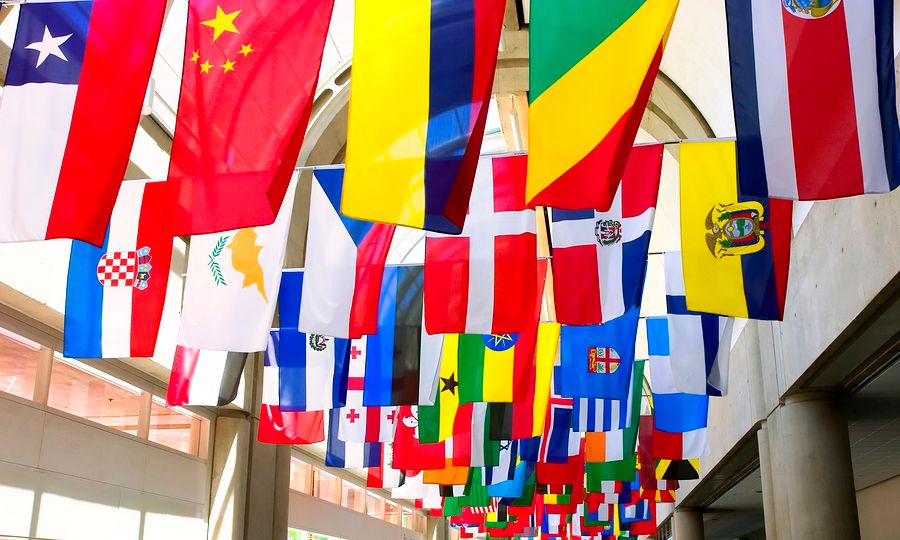Free trade agreements are rapidly taking place to better connect key global regions. Lets take a look at the many avenues being explored throughout the world by countries seeking to spread their international trade reach.
Israel-China
Israel has been in communication with China over the past several years, expressing interest in conducting a survey to determine just how beneficial a free trade agreement could be. China has finally agreed, according to Yuval Azulai of Globes.com. Israel’s Minister of the Economy Naftali Bennett visited China earlier this week, leading Israeli ministry officials and industrialists in discussions with Chinese officials. Azulai reports that before this meeting, “both sides had already conducted internal surveys of how worthwhile such a bilateral free trade agreement would be and indications were that economic activity between the two countries would grow.” The survey should take two years at most to complete. Bennett stated that trade between China and Israel accounts for $8 billion annually. A free trade agreement would ideally grow annual trade revenues and increase the chance for smaller Israeli companies to become more involved in economic activities with China. Switzerland-China With the second largest economy in the world, China continues to expand its economic partnerships. This new deal with Switzerland means cutting duties on Swiss products such as watches, machine tools and pharmaceuticals. Machinery and electronic exports from China account for 40% of Switzerland’s total imports. The deal will likely boost exports of watches, as Swiss watches and jewels already make up 32% of Chinese imports from Switzerland. The Chinese are hoping to gain ground in their market of watches since sales have been growing slower in recent months. Analysts believe one the many benefits of the new agreement would be for China to make more of an investment in Switzerland. According to Gant Daily, the deal marks Beijing’s first free trade pact with a Schengen nation. South Korea-Colombia This bilateral free trade agreement was signed in February and plans to implement the agreement are taking place this week. Ratification from both countries parliaments is one of the final steps. This will be South Korea’s 10th free trade deal, according to the Global Post. The infrastructure and industrial plant industries may be the ones to gain the most from the deal, as this could give South Korean firms currently operating on Colombia the potential for expansion. The Import Genius database indicates that trade activity between these two regions has grown significantly comparing 2011 to 2012. In 2011, just over 100 shipments from South Korea were received in Colombia. In 2012, shipment numbers amplified with over 830 recorded last year. We also compared quarterly results to find out how numbers are shaping up this year. Over 2,400 shipments were received throughout the first quarter of 2013, which is a far different figure than those just a year ago. Less than a mere 75 shipments exported from South Korea to Colombia were recorded the first quarter of 2012. The numbers here certainly show that imports into Colombia from South Korea are exponentially increasing. The new agreement means that Seoul eliminates tariffs on over 96% of all Colombian goods across 10 years after going into effect. Colombia will also remove tariffs on nearly 97% of South Korean products. European Union - United States
Talks of a free trade pact between the EU and US is nothing new. The idea was originally proposed nearly two decades ago by the former EU trade commissioner, Leon Brittan. After serious discussions on pursuing free trade pacts had begun earlier this year, recent pitfalls regarding US government surveillance have interfered. However, the potential for this lucrative deal is still alive and well.
Talks this week have centered on organization and narrowing down major elements of focus. "Since tariffs across the Atlantic are relatively low, much of the focus will be on reducing and preventing regulatory barriers to trade in areas ranging from agriculture and autos to chemicals and pharmaceuticals," according to Reuters reporter Doug Palmer.
France and Spain, the second and third largest countries in the EU, respectively, are some of the biggest exporting countries to the US. Just last year, a total of nearly 141,000 shipments were received from both countries according to Import Genius' international trade data.
The economic relationship between the US and EU is already well established. This new deal would cover about half of global economic output and nearly one third of global trade.
Sources:
Israel-China free trade agreement breakthrough
South Korea, Colombia to implement free trade agreement
